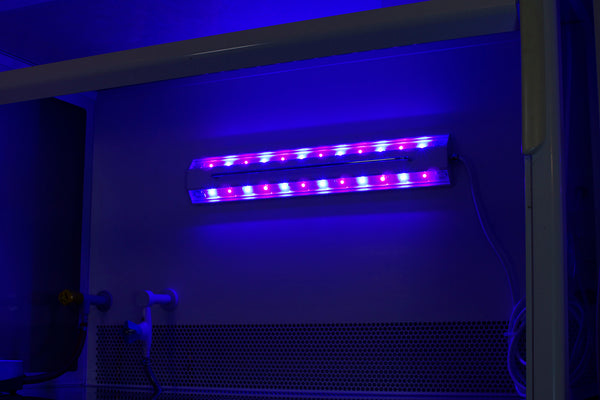Scientifically proven efficacy of blue light

Antimicrobial blue light (aBL) has been studied and tested in well over 2000 peer-reviewed scientific articles. You can find a list of review articles and list of tested microbes in our science section.
The efficacy of Multi-Wavelength, High-Intensity (MWHI) blue light technology, used in Spectral Blue devices, has been tested and verified by several accredited laboratories, including:
- University Clinic of Bonn, Germany (reference laboratory, European norms for testing disinfection products)
- MetropoliLab, Finland
- Please visit our laboratory tests page for all results.
In addition, the field-performance of MWHI technology has been shown in numerous tests done by our customers working in pharmaceutical manufacturing and food production. To learn more, please see our customer testimonial section.
